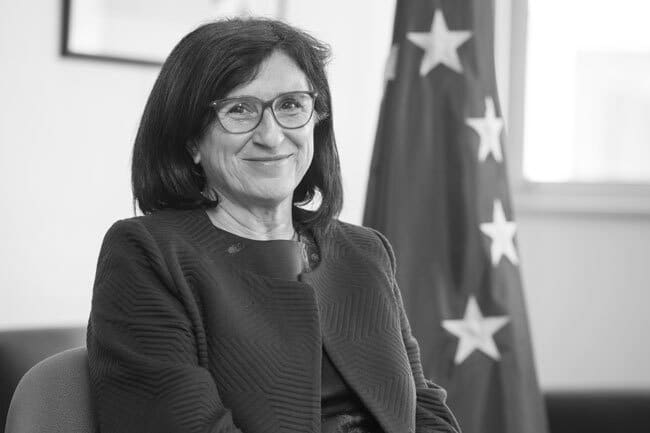Dominique RIQUET Member of the European Parliament, President of the long term investment and reindustrialization intergroup [vc_btn title= »Télécharger l’article » style= »outline » color= »blue » align= »right » i_icon_fontawesome= »fa fa-file-pdf-o » add_icon= »true » link= »url:http%3A%2F%2Fconfrontations.org%2Fwp-content%2Fuploads%2F2017%2F01%2FEN-Interface-106-ILT-p6.pdf||target:%20_blank »] The Investment Plan for Europe is the Juncker Commission’s flagship policy and was built on 3 pillars: The first – and most important – was the establishment of the European Fund for Strategic Investments (EFSI) within the European Investment Bank (EIB). The second was designed to ensure that investment funds reach the real economy, and the third aimed to create an environment conducive to investment. EFSI is intended to mobilise private financing for infrastructure projects that have until now been shunned by risk-averse investors, and to facilitate credit for SMEs by bolstering the European Investment Fund (EIF). The stated objective for EFSI, which was initially endowed with €21 billion (€16 billion from the EU and €5 billion from the EIB), is to generate a
Ce contenu est réservé aux abonné(e)s. Vous souhaitez vous abonner ? Merci de cliquer sur le lien ci-après -> S'abonner












